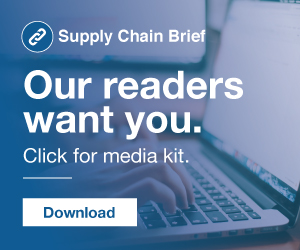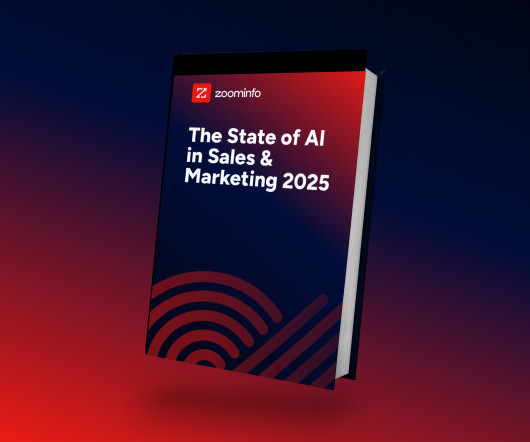The Impact of Internet to Implement eLogistics
GlobalTranz
JULY 28, 2016
With the emergence of new digital technologies and real time information update and exchange through web-based devices, eLogistics have transformed the traditional methods of transportation and trade logistics with integrated applications and the use of software means to enhance the commercial trading process. Several technologies are being developed to conduct international transactions and keep track of their shipment, while negotiating with freight companies, retailers and suppliers, the foll






































Let's personalize your content